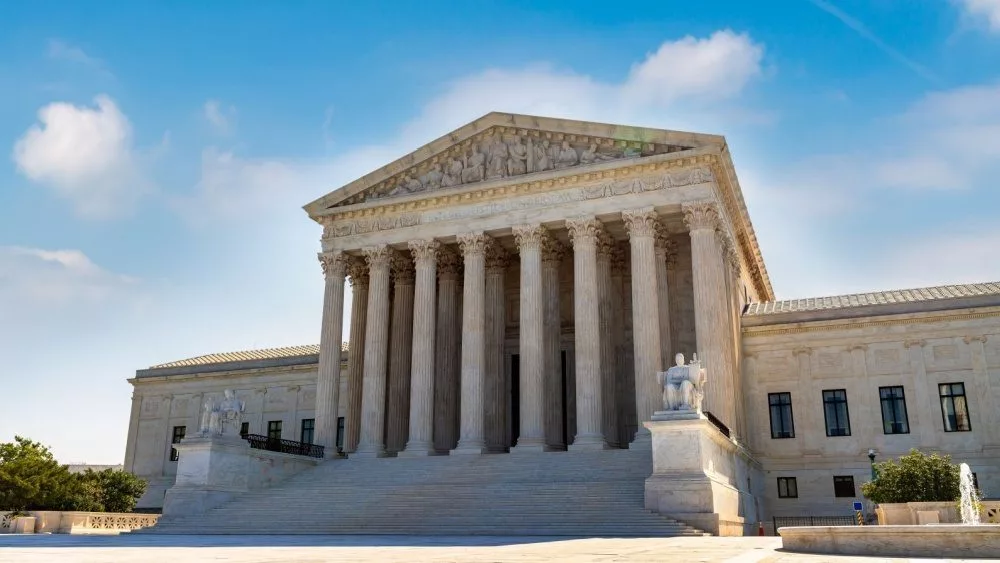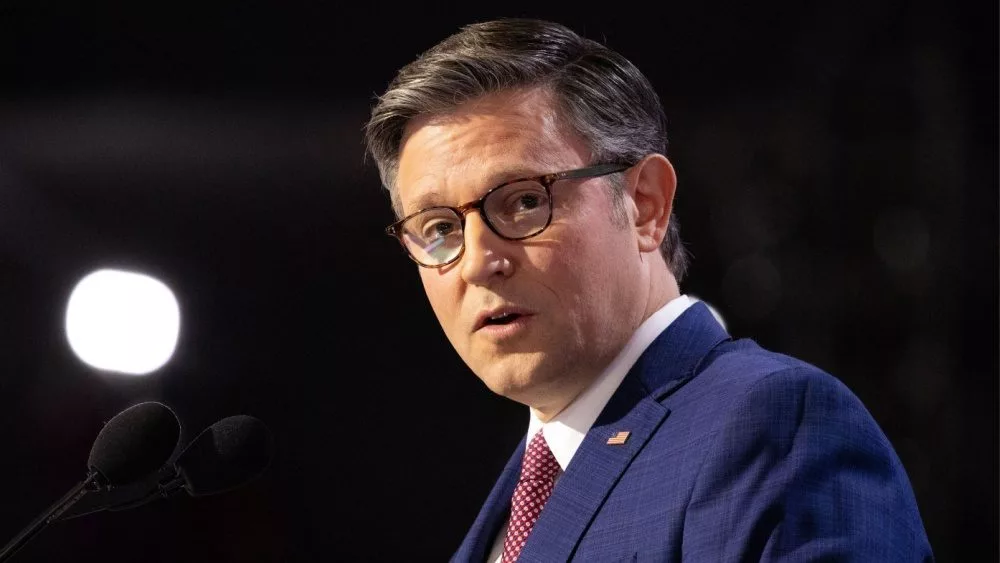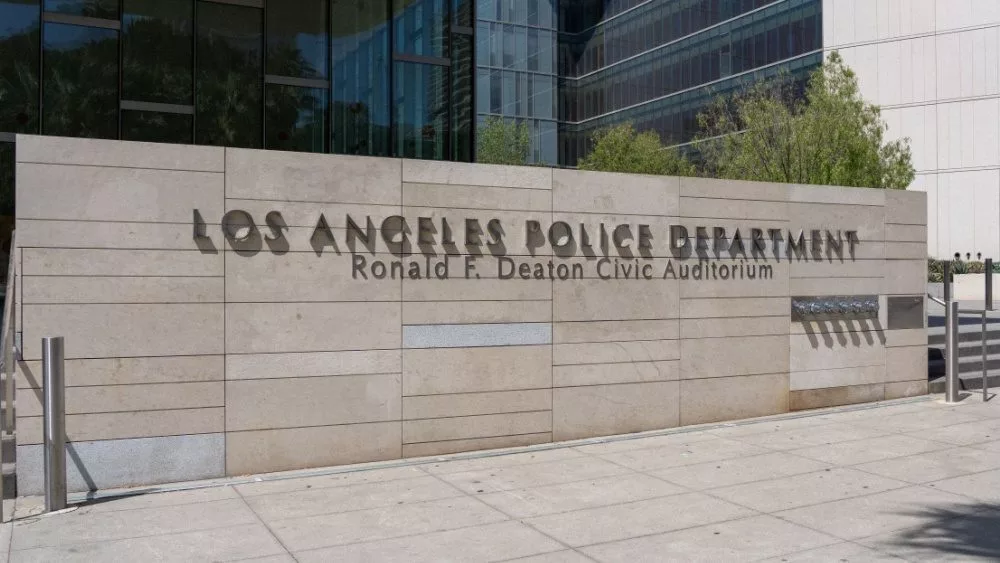
The Supreme Court on Tuesday allowed the Trump administration’s firing of 16,000 probationary federal employees across six agencies and departments to go forward. The high court’s 7-2 decision blocks a ruling from a lower court judge that required the government to temporarily reinstate more than 16,000 probationary employees (per CNN).
In the unsigned, two paragraph opinion, the court said that the nine labor unions and nonprofit groups that brought the case did not have legal standing to sue over federal employees’ firings. The opinion did not address the question of whether the terminations themselves were lawful, and it is not the final word on whether the employees will be allowed to keep their jobs, but it will have a significant impact on both the workers and the agencies in the meantime. Justices Sonia Sotomayor and Ketanji Brown Jackson publicly dissented the opinion, with Jackson offered a brief explanation, questioning the need for the high court to enter into the case on an emergency basis.
Last month, a federal judge had ordered the White House to reinstate the affected employees at the Department of Veterans Affairs, the Department of Agriculture, the Department of Defense, the Department of Energy, the Department of Interior and the Department of Treasury. The Trump administration appealed to the Supreme Court for an emergency stay of the judge’s order, arguing the plaintiffs lacked standing and had “hijacked the employment relationship between the federal government and its workforce.”
The labor unions and nonprofit groups later asked the Supreme Court to preserve the district court judge’s order that those workers be reinstated because of the imminent harm that would come from termination. In their brief, they wrote: “Because probationary employees include not only those new to the government but also those recently promoted, agencies lost experienced individuals and directors of programs and were left with arbitrary and unexpected gaps in critical functions. The reverberations throughout agencies and impacts on services were dramatic and immediate.”
Editorial credit: Sergii Figurnyi / Shutterstock.com






